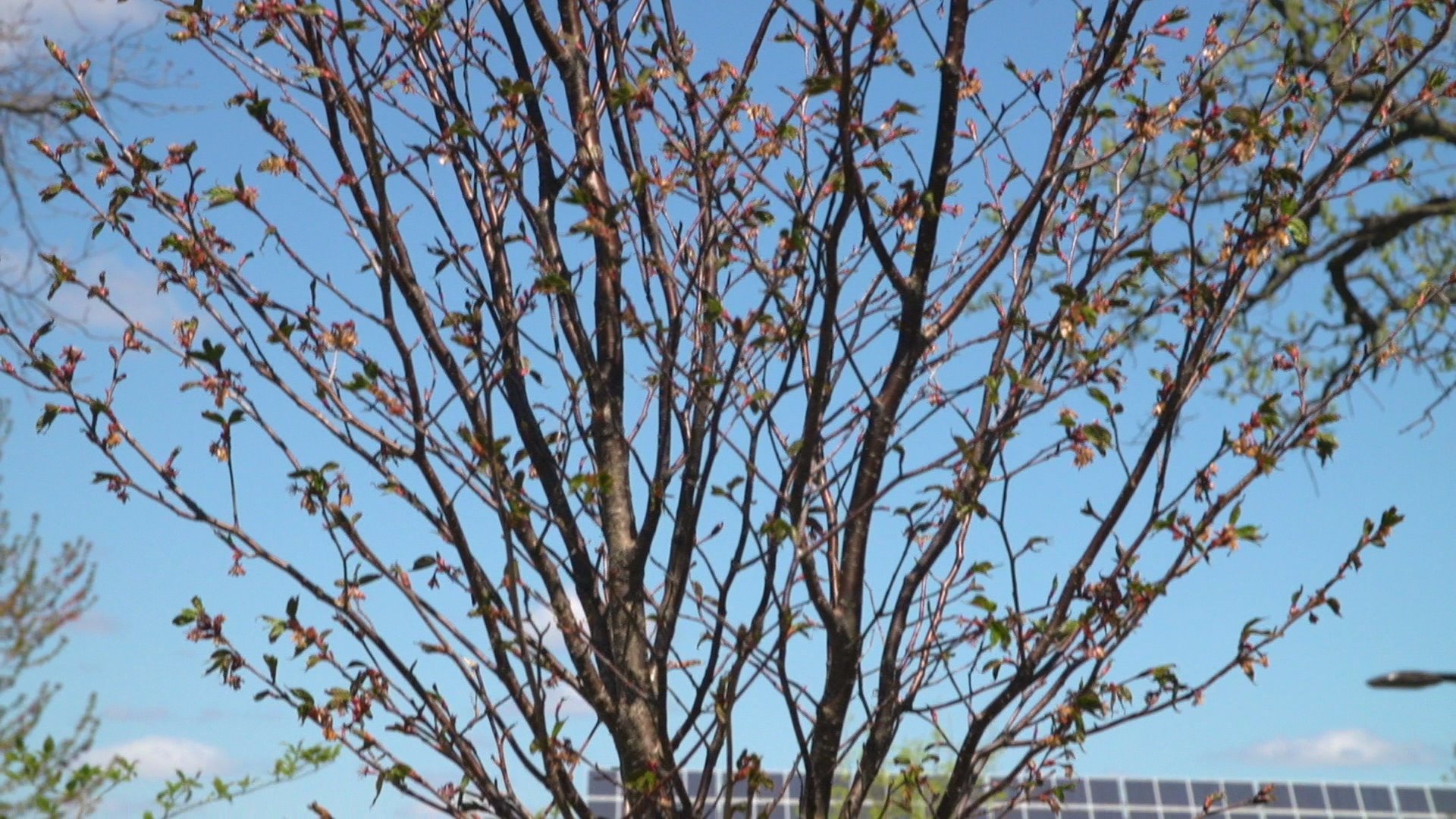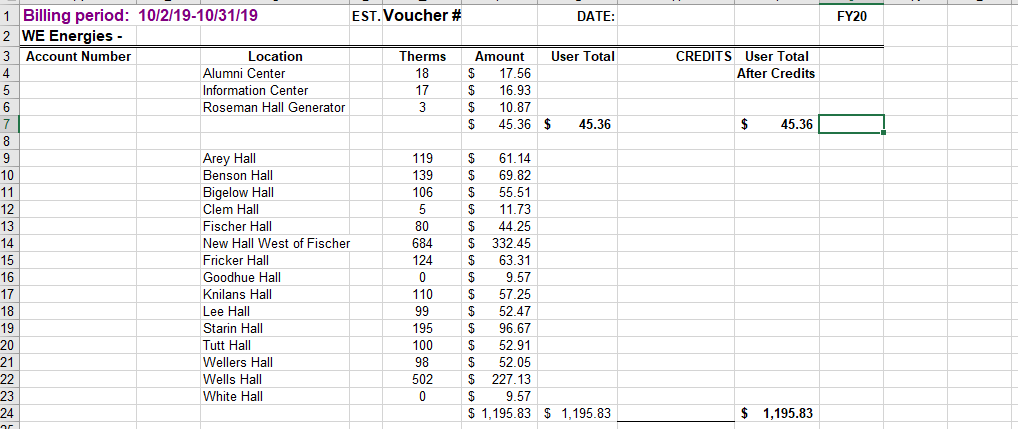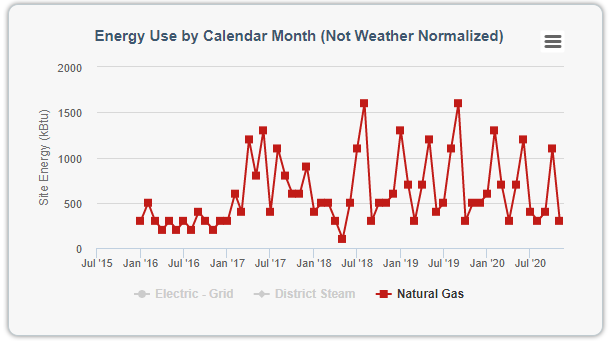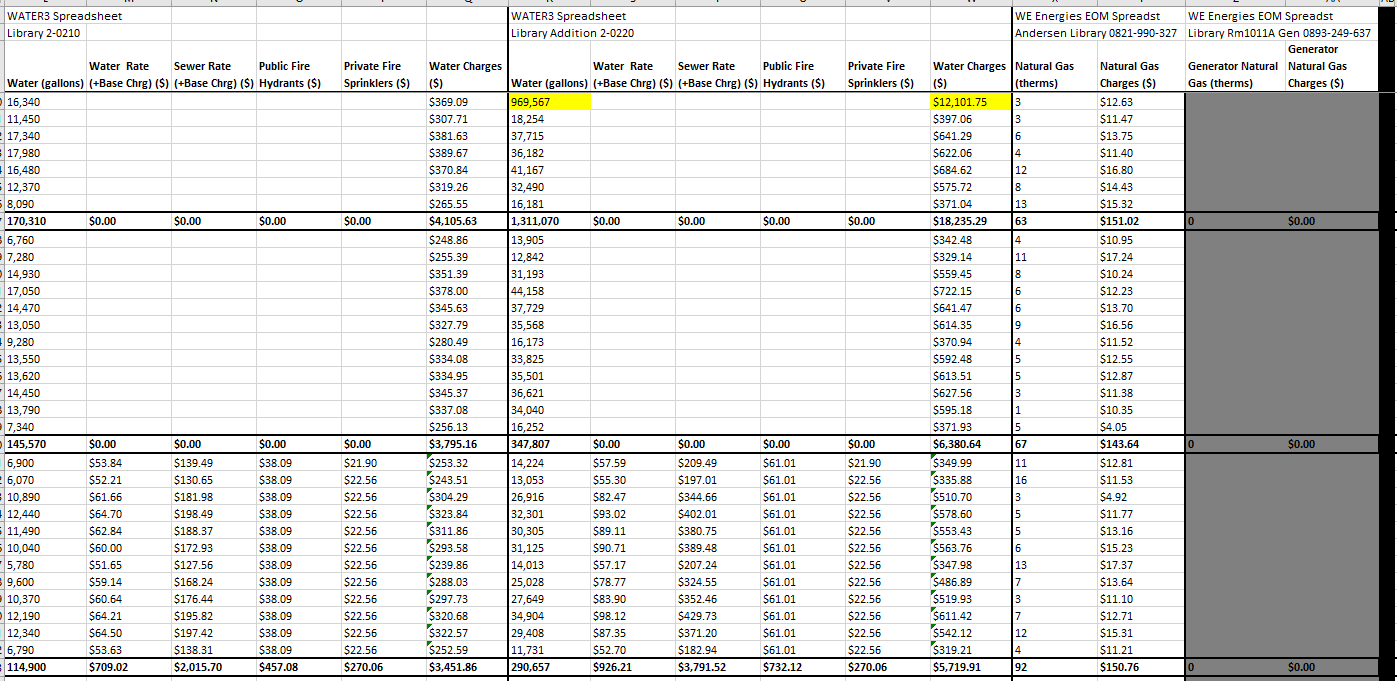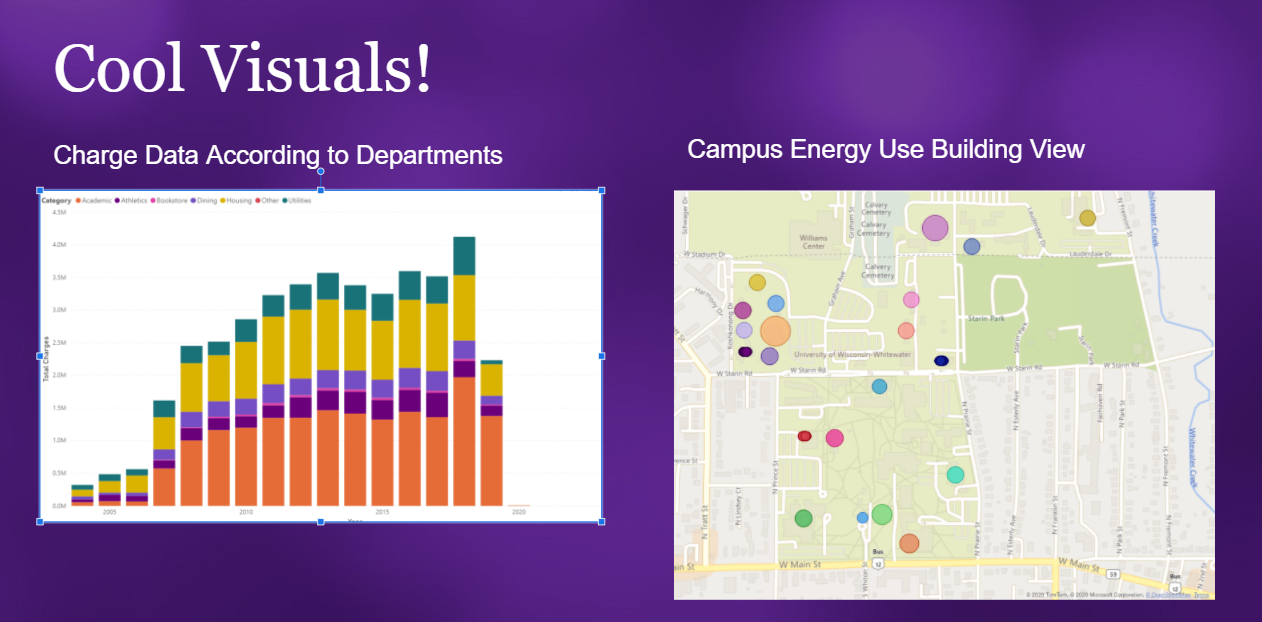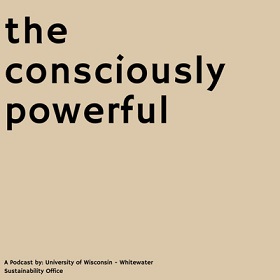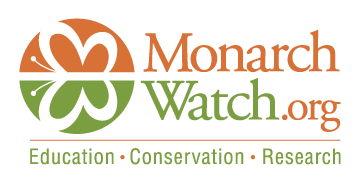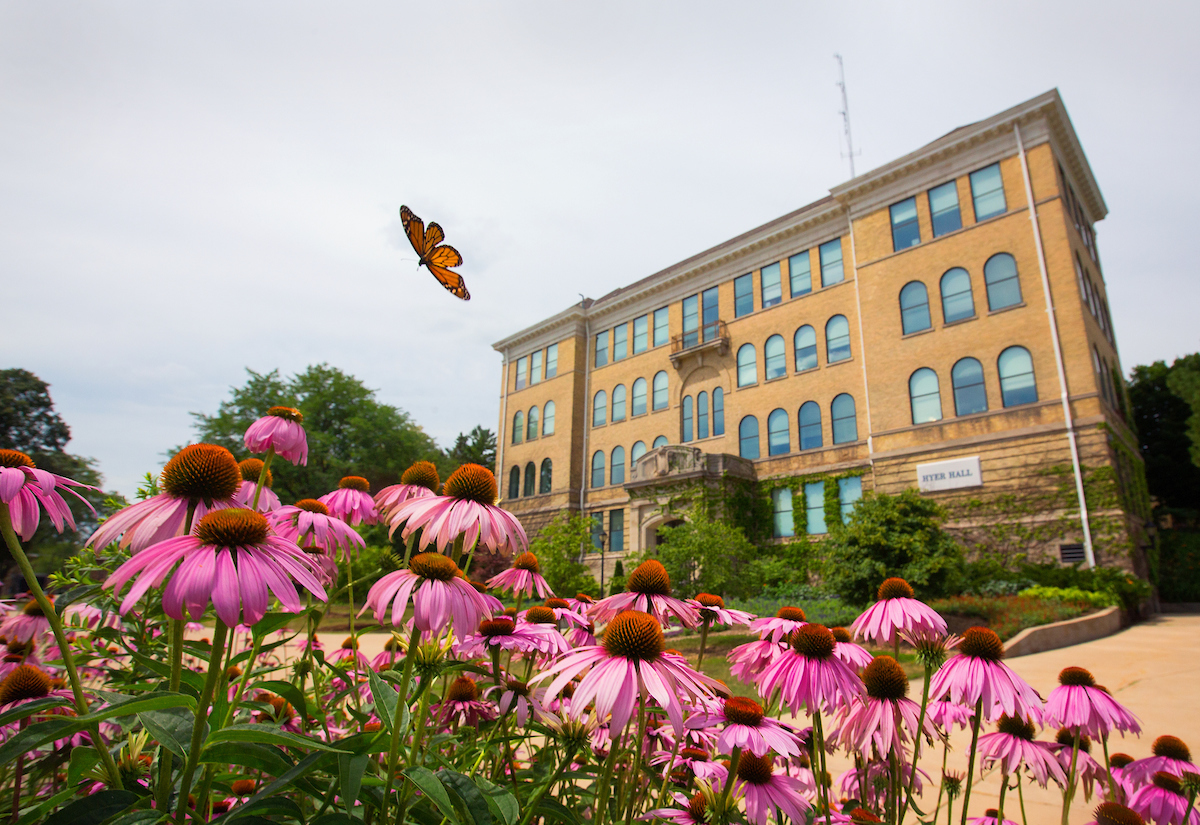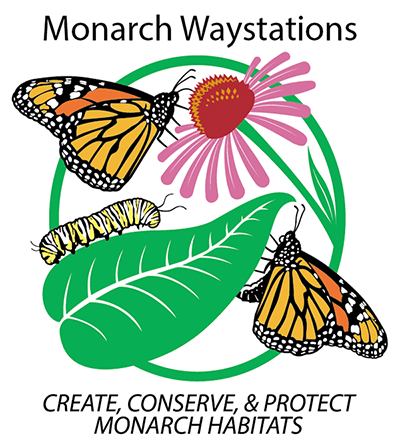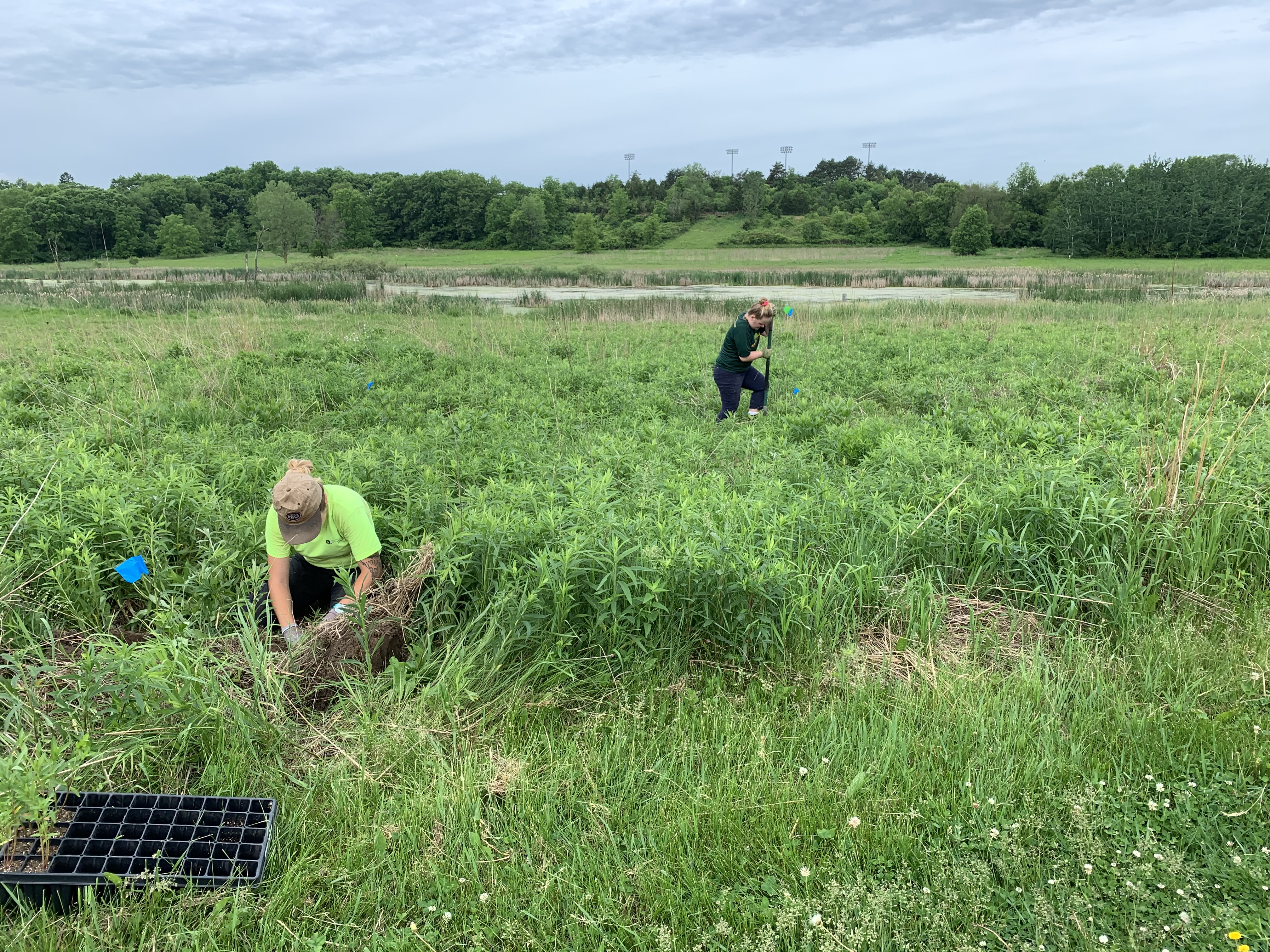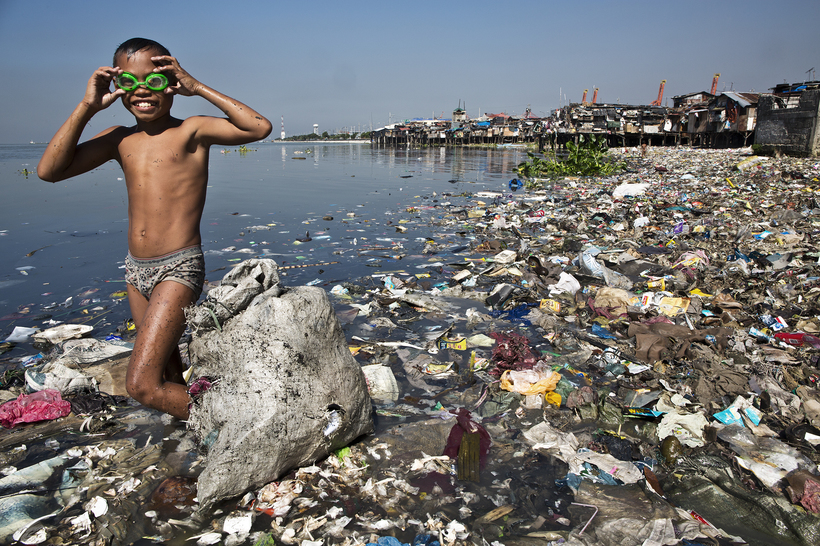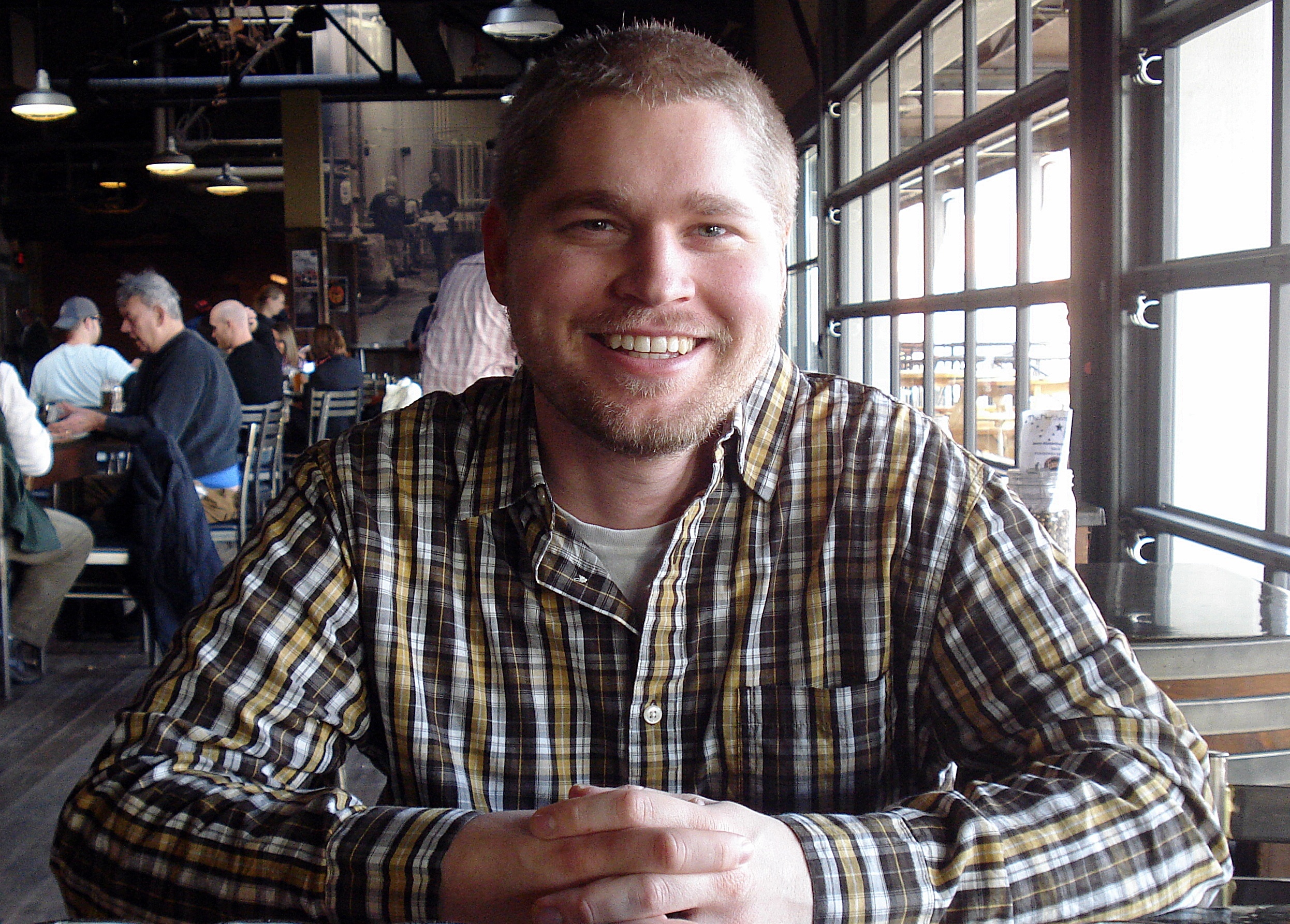By Jarrett DeBruin, Sustainability Office Gardens and Grounds Intern
It was a sunny day last April 30. The sky was blue with soft clouds drifting through the troposphere, a cool breeze gliding through the small town of Whitewater. As folks gathered at the “Little Red Schoolhouse” atop the glacial drumlin at the center of UW-Whitewater’s campus, they exchanged introductions and chit chat. Waiting for the exciting event to unfold, students, professors, staff members, and the campus Chancellor shared enthusiasm and anticipation…
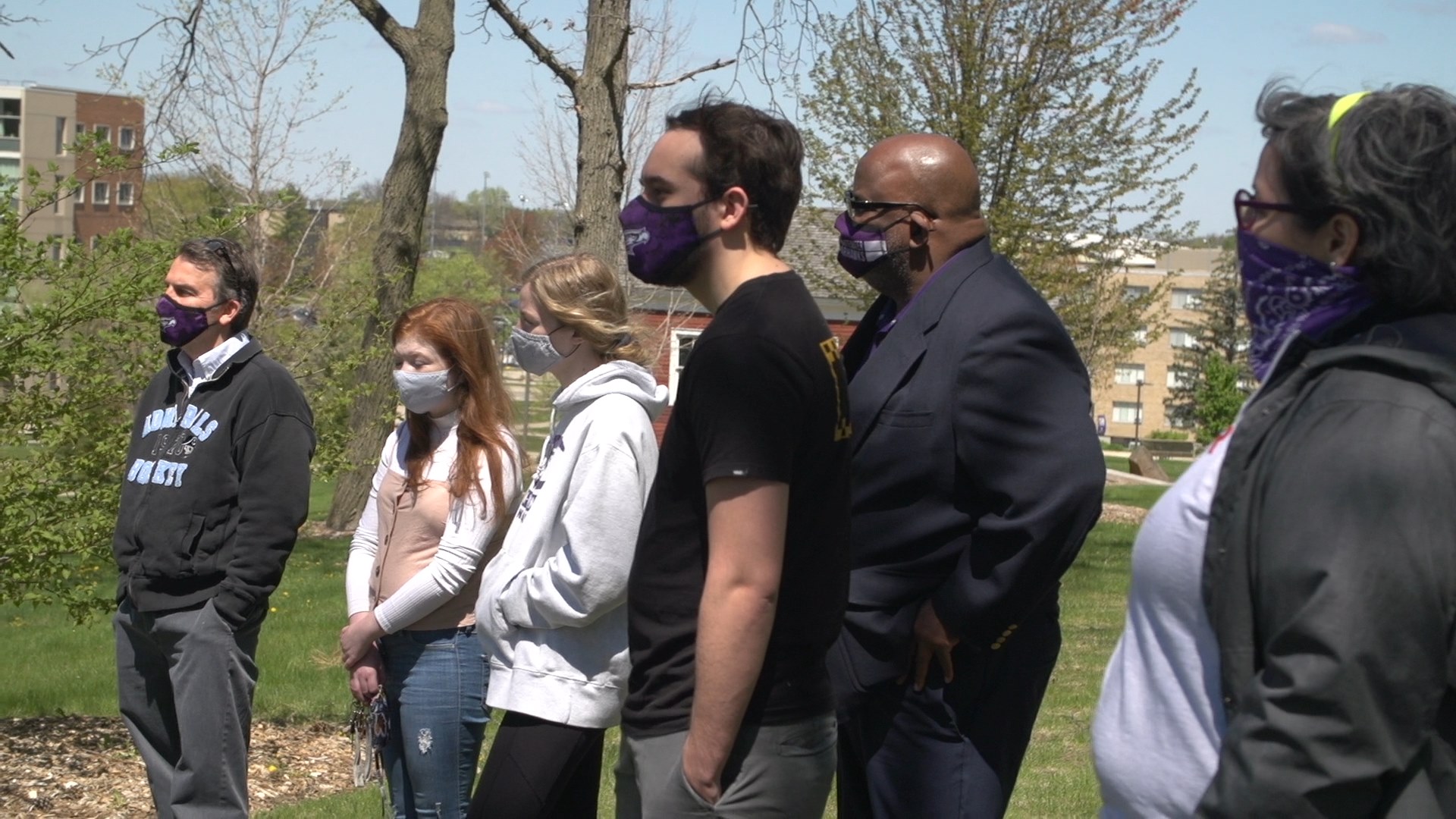
The first Arbor Day was held in 1872 on April 10th thanks to J. Sterling Morton; Arbor Day is now held on April 30. Morton was a Nebraska native who took concern over the sparse population of trees in his state. An avid writer of agricultural content, Morton believed that trees could provide many benefits to crops and eco-services to the people of Nebraska. What was originally started to promote the planting of trees in Nebraska is now celebrated all over. Today, many celebrate Arbor Day and the planting of trees, not just for its original purposes of agriculture and celebrating the future, but for much more. This brings us back to the 2021 Arbor Day event here on the UW-Whitewater Campus.
Organized by UW-Whitewater’s sustainability director, Wesley Enterline, the 2021 Arbor Day Event served the purpose of giving back to the community and reaching the public. Once everyone gathered at the Little Red Schoolhouse, Wes provided a compelling background on Earth Day, Arbor Day, the campus, and the Salisbury Idea. The Salisbury Idea was inspired by Albert Salisbury, a campus professor who had the dream of planting every tree, shrub, and forb that could grow in our climate on the campus’ grounds. Since then, the idea has evolved into locating every tree native to Wisconsin that will grow in this climate and planting it somewhere on campus. These efforts include the newer 50 Trees for 50 Years Campaign at UW-Whitewater. The Sustainability Office on campus has been hard at work with this impressive project, and Arbor Day 2021 marked another milestone in the undertaking.
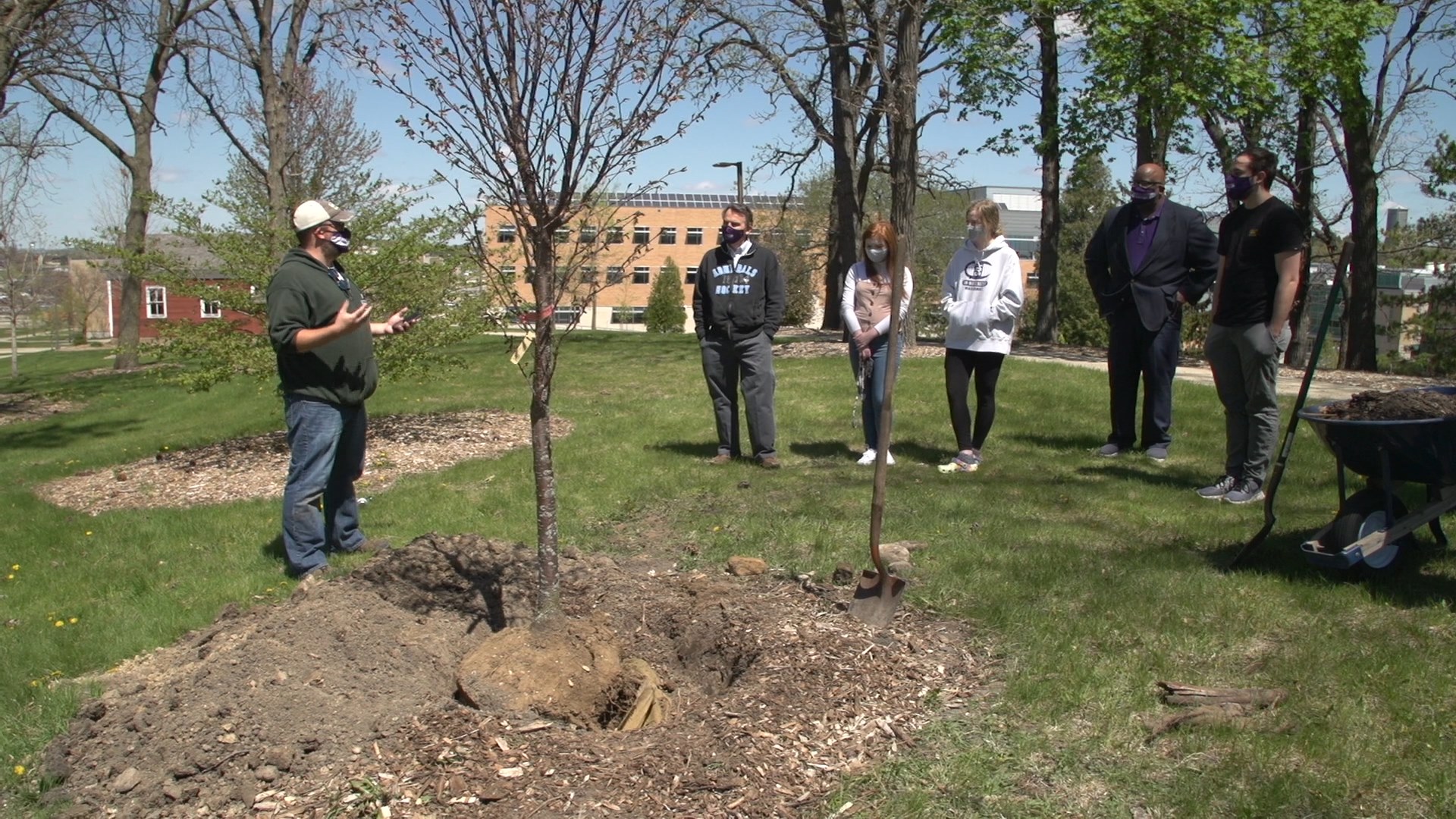
After completing his engaging dedication speech, Wes led the party over to the planting site. Waiting there in a precisely dug hole was a beautiful Pink Flair Cherry tree which had been donated by PEACE, a campus organization focused on social justice. One by one, everyone present grabbed a shovel and showered the Cherry with love. All attendees took turns, and before long, the Cherry was packed in nicely, waiting to grow and provide our campus with a blooming, ornamental aesthetic. Following the engagement of playing with dirt, everyone went for a peek at the Log Cabin on top of the drumlin, enjoying more history and conversation.
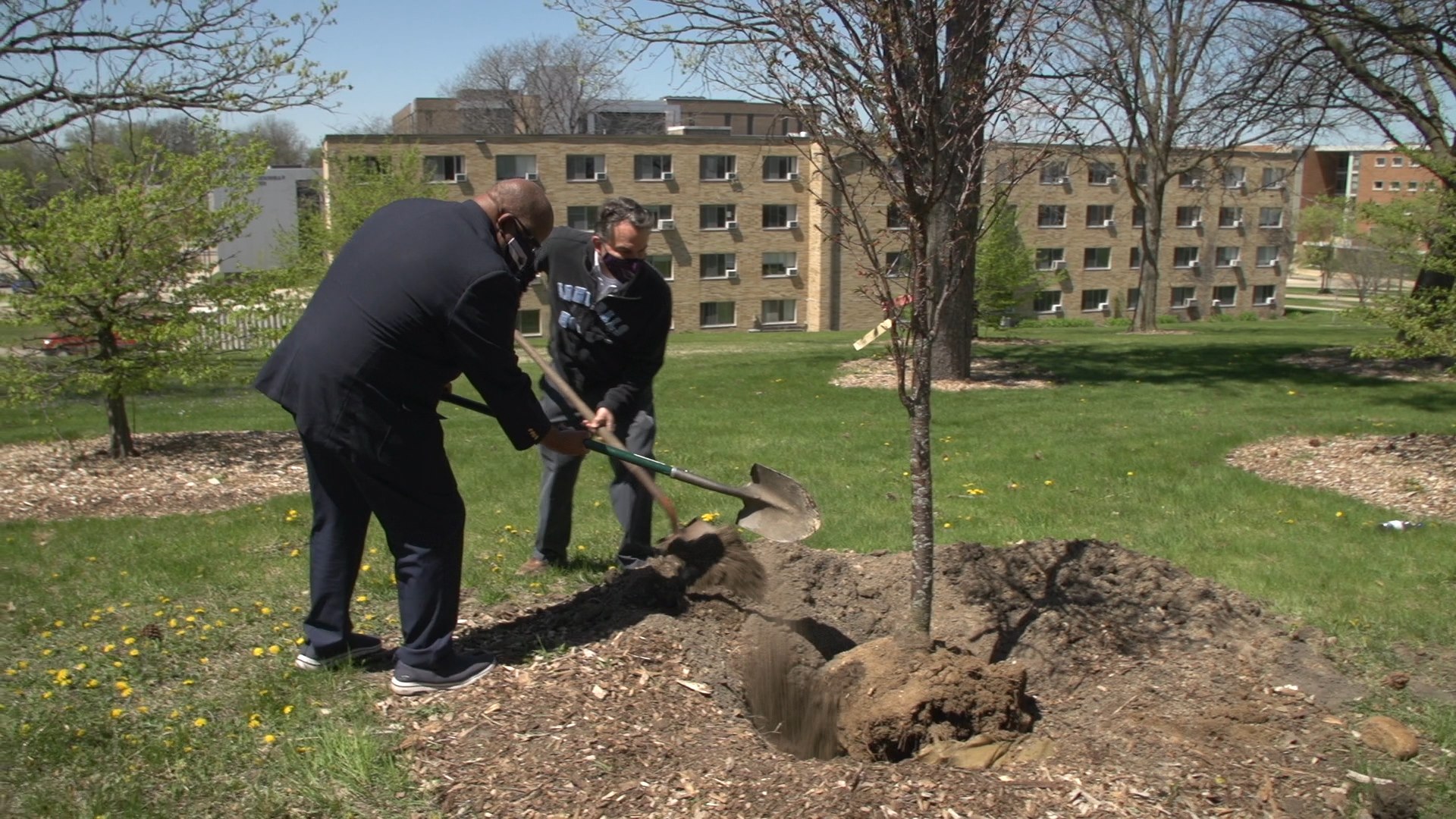
All in all, the Arbor Day event was a major success and achieved everything it was meant to. This event brought together members of the UW-Whitewater community to work together and support a great cause. That cherry tree that everyone tenderly cared for is now more than just a tree. It is a deep representation of community and care for one’s neighbors and the environment. Not only will that tree be a part of the beautiful arboretum for years to come, but it will also contribute to important eco-services that we all rely on. On Arbor Day of 2021, a small group of students, professors, staff, and the Chancellor all contributed to caring for the planet, for each other, and for the future one tree at a time. Best said in the words of J. Sterling Morton: “Other holidays repose upon the past; Arbor Day proposes for the future.”
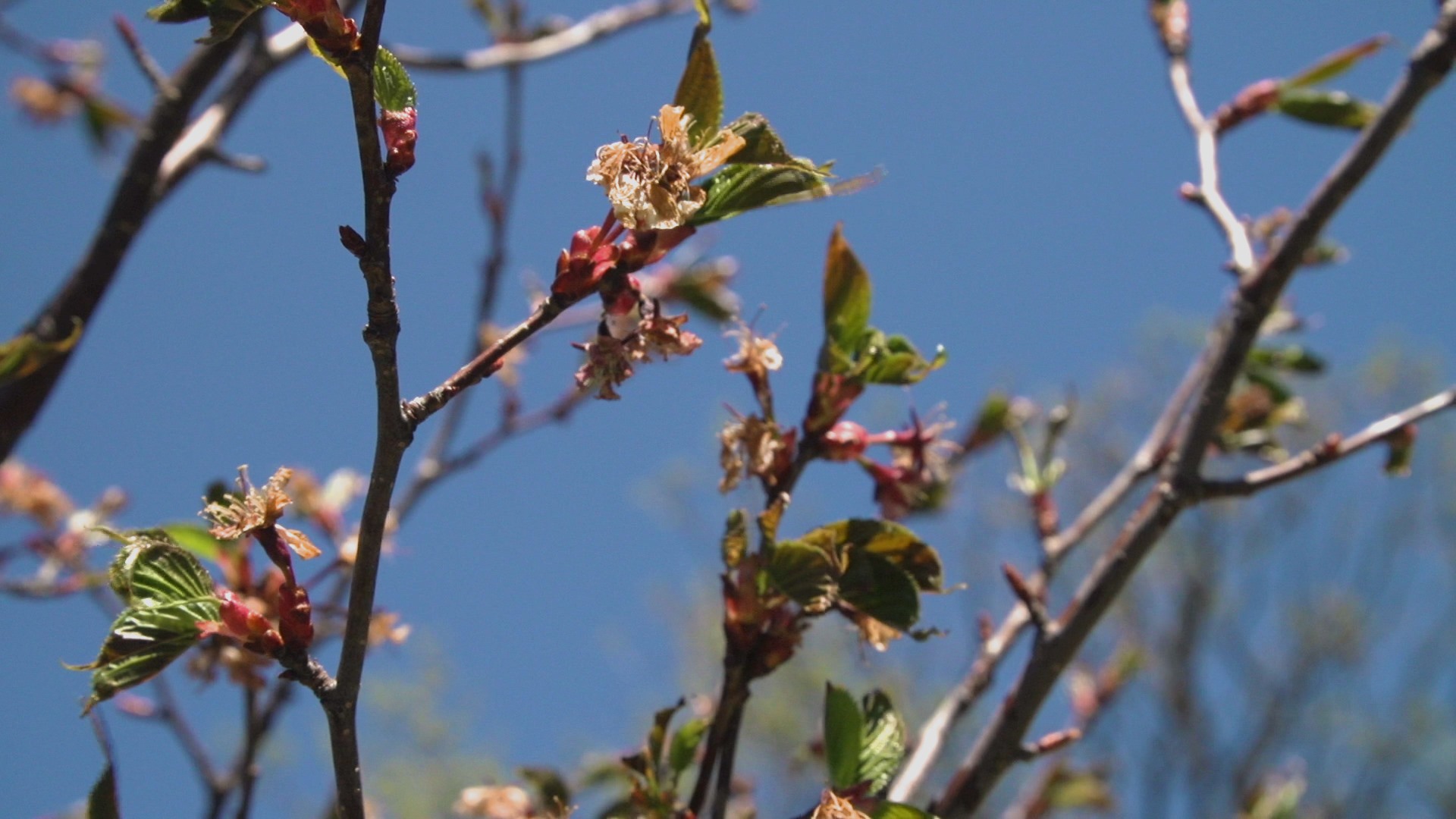
So, if you ever happen to be in the area of the drumlin, take some time to peek at the Pink Flair Cherry tree as well as all the other trees that the community has worked hard to provide. Take a few moments to appreciate trees and what they do for us, take a few minutes to consider the importance of community and the efforts to care for it, and take a few minutes to appreciate those that make these efforts possible. Remember to reflect on the hard work that has been done to care for the UW-Whitewater Campus and look to the future of our community.
